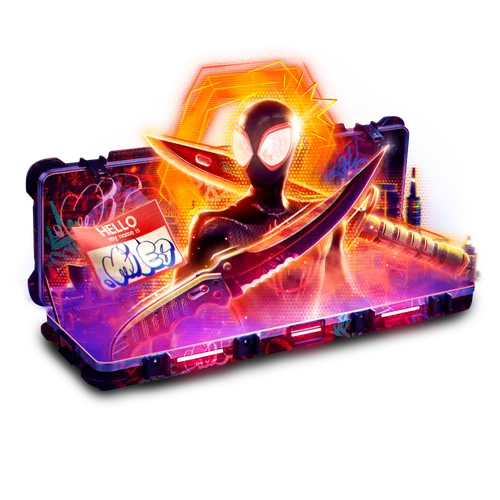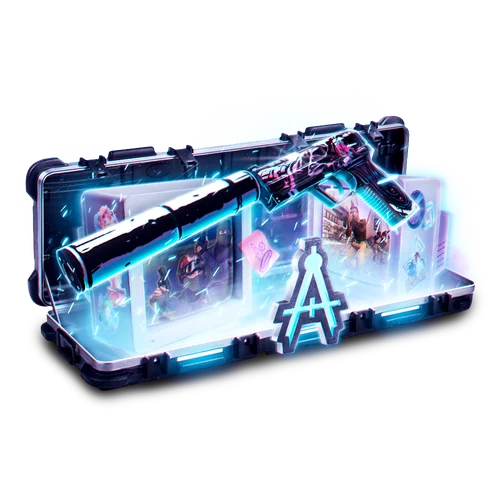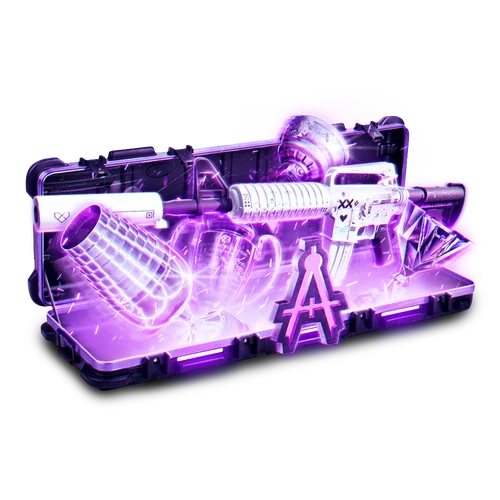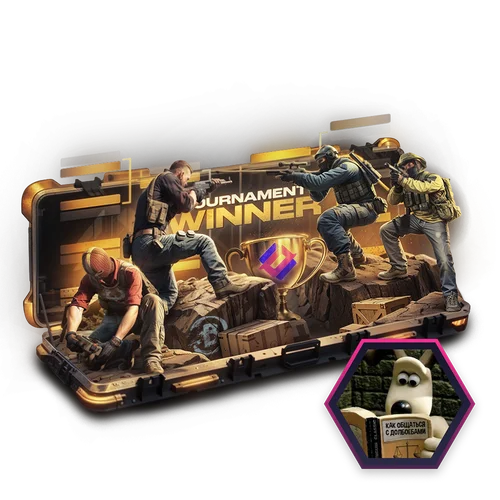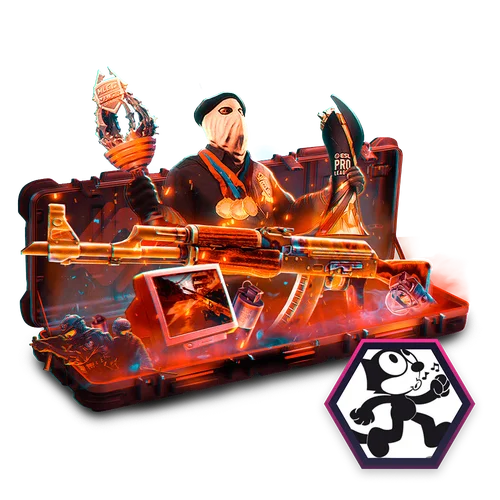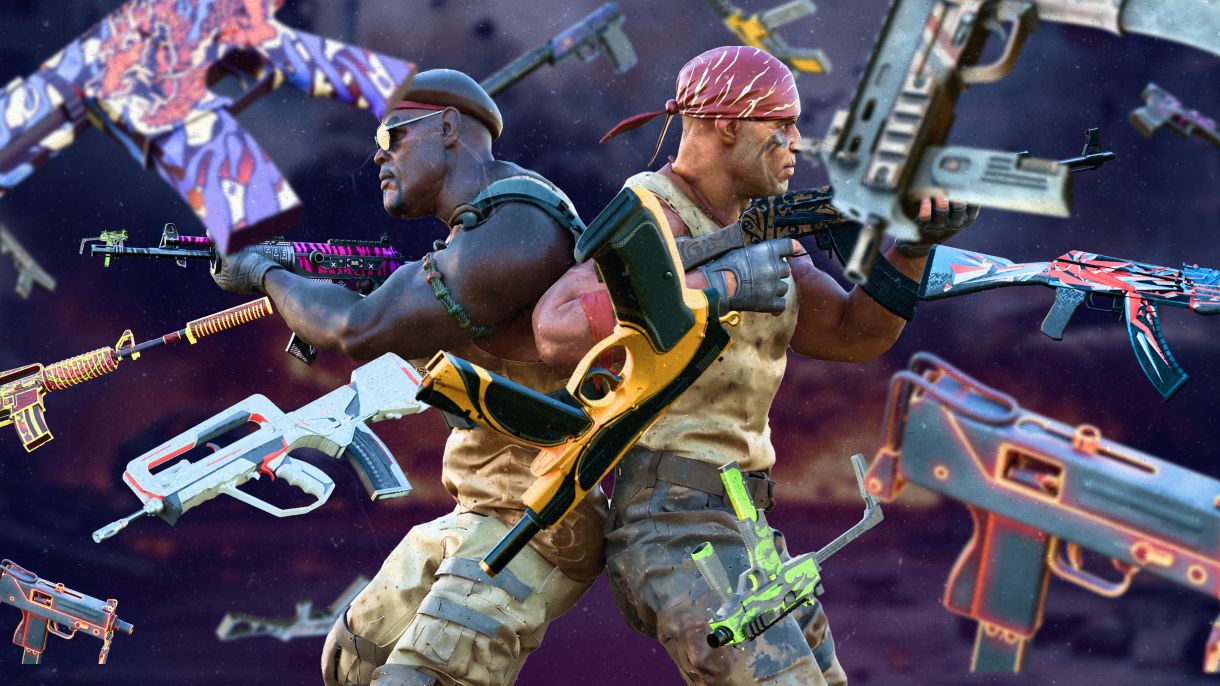In the realm of Counter-Strike, the Inferno map stands as an enduring battleground cherished by players worldwide. A mainstay in the CS2 matchmaking pool and a staple of professional tournaments, Inferno’s allure lies in its captivating blend of strategic balance, diverse gameplay dynamics, and stunning visual design.
Inferno Callouts In CS2: Full Guide is your comprehensive companion to mastering the art of navigating this fiery battlefield. As we delve into the intricate details of callouts and map zones, you’ll equip yourself with the knowledge needed to dominate de_inferno, or simply “Inferno,” like a seasoned pro.
Mastering Inferno: A Comprehensive Guide to Callouts in CS2’s Fiery Arena
Set in a fictional Italian village, Inferno’s design is a masterpiece. Its cobblestone streets, charming architecture, and vibrant color palette create an immersive gaming experience. The map’s layout is both intricate and balanced, offering players a range of tactical opportunities. The central theme revolves around a struggle between terrorists and counter-terrorists, with both sides vying for control of two bomb sites – Bombsite A and Bombsite B.

Inferno is known for its narrow corridors, tight chokepoints, and critical control points. It demands strategic finesse, teamwork, and precise execution. Understanding the map’s callouts is essential for effective communication and successful gameplay. So, let’s explore the key zones and callouts that define Inferno’s dynamic landscape.
A Bombsite: A bustling courtyard with a pit, balcony, and graveyard, this is a crucial site for both terrorists and counter-terrorists. The callouts include “pit,” “balcony,” “graveyard,” and “apartments.” Pit offers players a strong vantage point with limited cover, making it essential for defenders to hold. Meanwhile, the balcony and graveyard provide elevated positions, granting valuable sightlines to oversee the A site.
B Bombsite: A complex maze of narrow hallways and tight corners, the B site demands precision. Callouts include “banana,” “dark,” “new box,” and “coils.” Banana, notorious for its curved path, serves as a chokepoint for both teams. Strategically controlling or contesting this area can significantly impact the outcome of a round. Dark and new box are key positions for defenders, offering cover and opportunities to catch attackers off guard. Coils, on the other hand, provides another hiding spot for defenders.
Mid: A critical control point that connects A and B, featuring “arches” and “car.” Mid is a dynamic battleground where teams vie for control, making it a focal point for engagements. Arches is an elevated position that offers a commanding view of Mid, while car provides cover and an unexpected angle to catch opponents by surprise.
Alt-Mid: An alternative route to Mid, offering different angles for control. Alt-Mid can be used to surprise opponents or as an alternative path when Mid is contested.
T Apartments: The terrorist’s base with multiple floors and the callouts “T apartments” and “T balcony.” T Apartments offer various entry points for terrorists to launch attacks, while T balcony provides an elevated position for sniping or gaining intel on A site.
CT Spawn: The Counter-Terrorist spawn area, featuring “CT spawn” and “CT arches.” CT Spawn is the starting point for the defending team, and maintaining control here is crucial. CT arches offers a defensive position to guard against Mid and A site pushes.
Library: A key position in Mid, with callouts for “library” and “cubby.” Library provides a strong defensive angle for counter-terrorists, while cubby offers cover and an alternative position to hold or retake Mid.
Construction: Connecting B site and CT Spawn, with “construction” and “back site” as notable callouts. Construction is a high-traffic area for both teams, making it essential to control or contest. Back site offers a hiding spot for defenders.
Pit: Located in A Bombsite, offering height advantage and protection. Pit is a critical position to hold or retake, providing a strong defensive angle with limited cover.
Boiler: A corridor connecting T Apartments and A site. Boiler serves as a transitional area, often used for staging attacks on A site.
Second Mid: A less-used alternative to Mid. Second Mid can be used for flanking or surprising opponents, though it’s less commonly traversed.
Ruins: A part of B site with its own set of callouts. Ruins offers defensive positions and is an integral part of B site control.
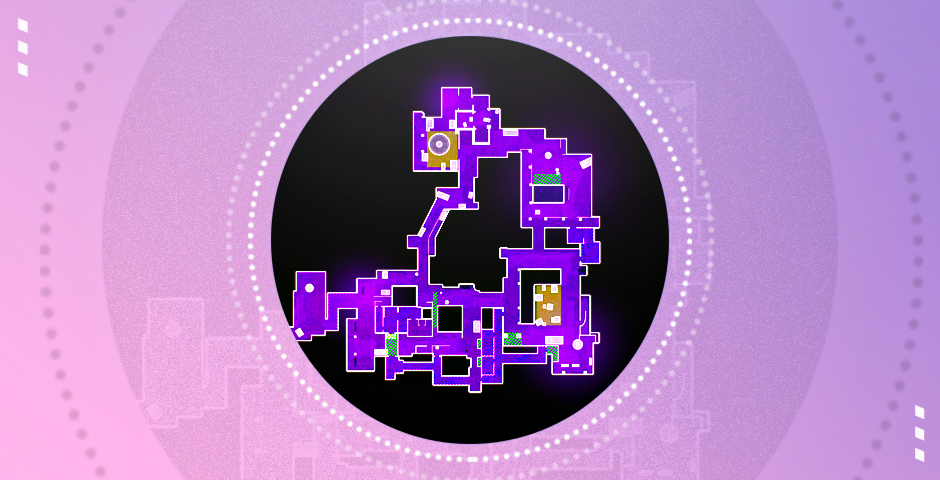
Remember, effective communication is essential in CS2, and using these callouts will help your team coordinate and dominate on Inferno. Mastering the intricacies of each zone is key to achieving victory on this iconic map.
Navigating Inferno’s Fiery Arena with Confidence
In our exploration of Inferno, we’ve uncovered the map’s intricate design, breathtaking aesthetics, and the critical role callouts play in CS2 gameplay. As you embark on your next CS2 journey, remember that effective communication, using Inferno callouts, can be the decisive factor in securing victory. Whether you’re a seasoned pro or new to the game, mastering the intricacies of Inferno’s terrain is essential. So, dive into the flames, hone your skills, and conquer Inferno with confidence, knowing that you hold the key to success in this fiery arena—Inferno callouts are your guiding light to triumph.












































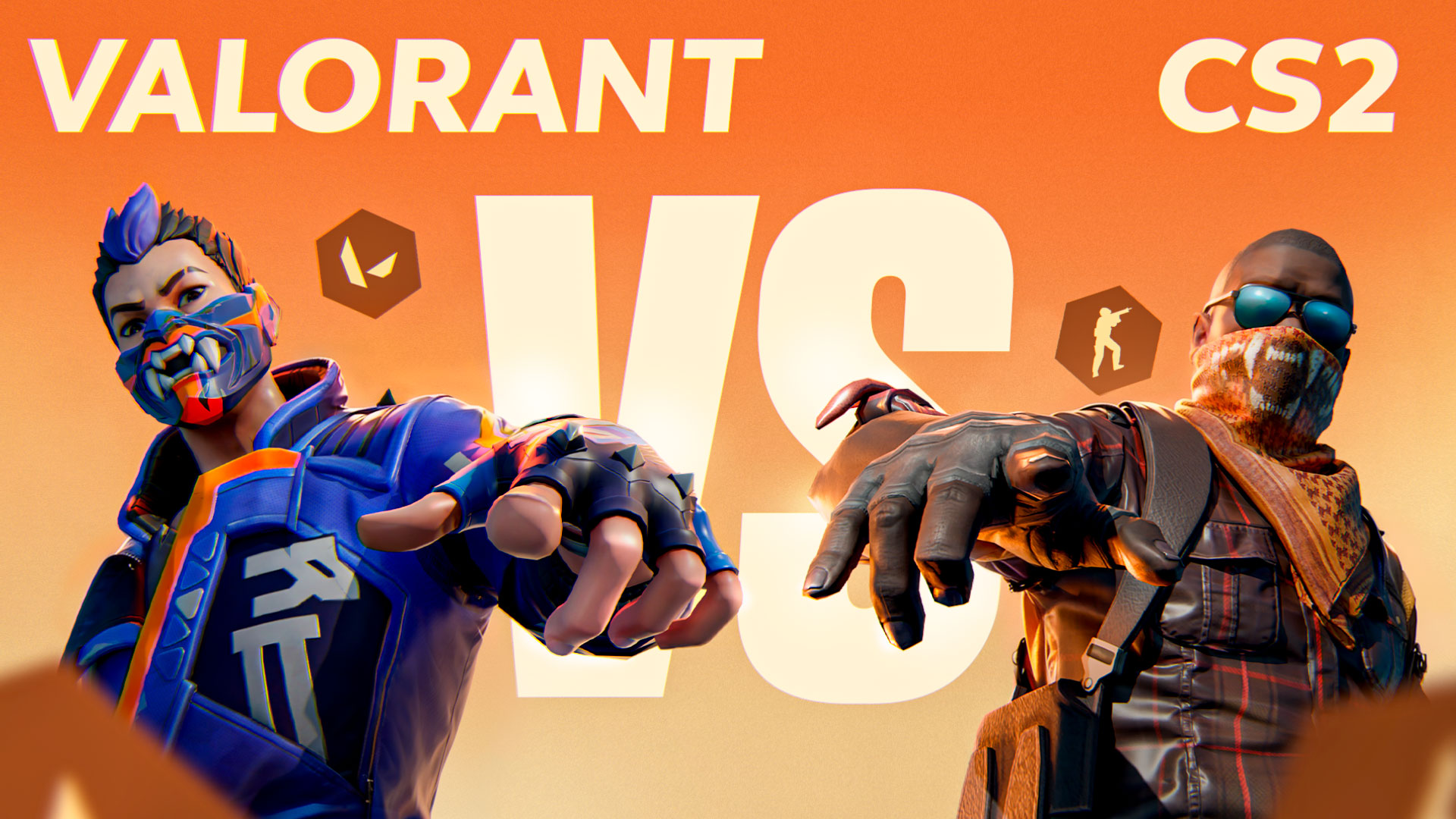
![How to Get Cases in CS2: Ultimate Guide [2024]](https://front.stage.jamson-sc.dev/community/wp-content/uploads/2024/08/Main-x-Name-32.jpg)

